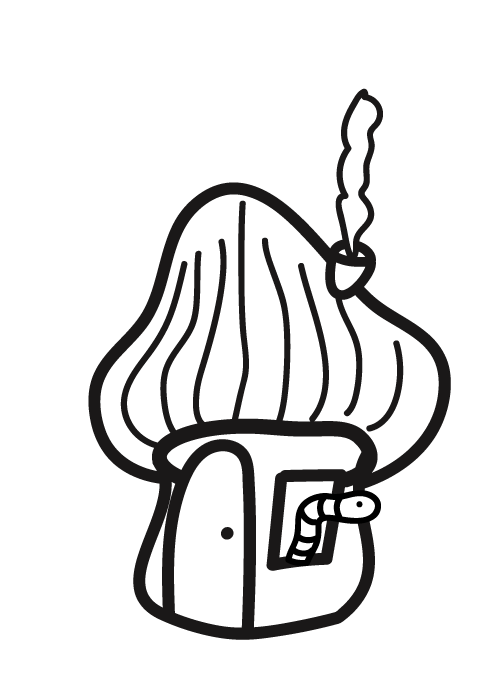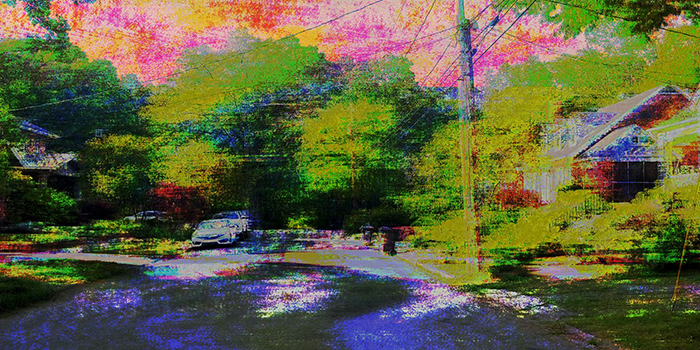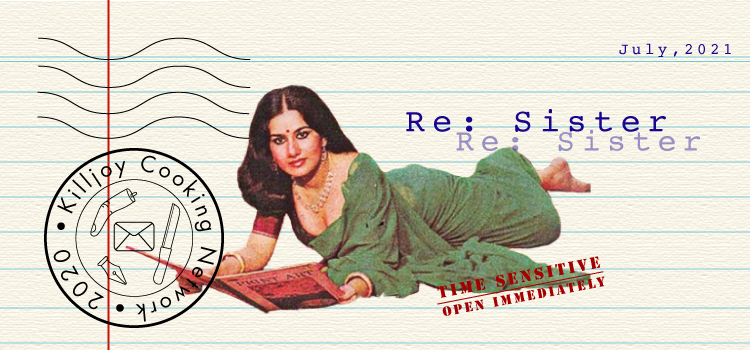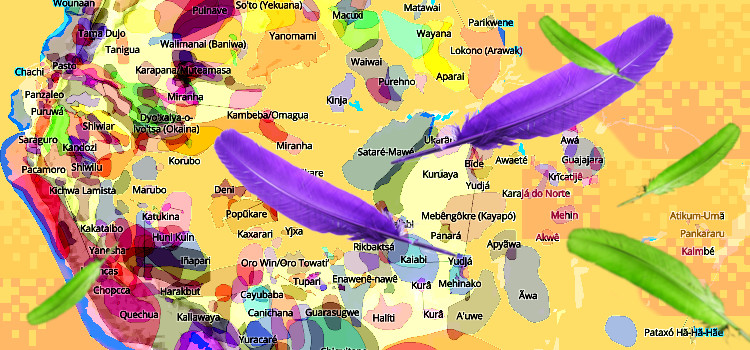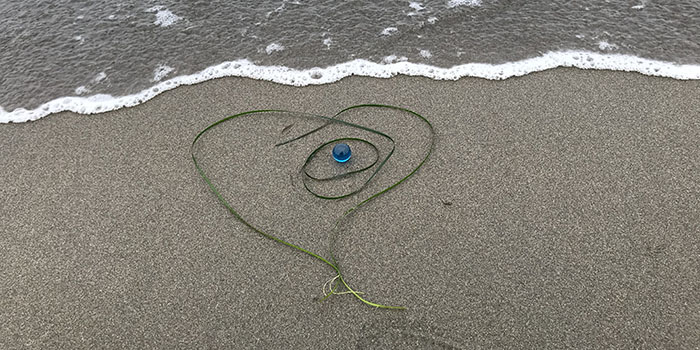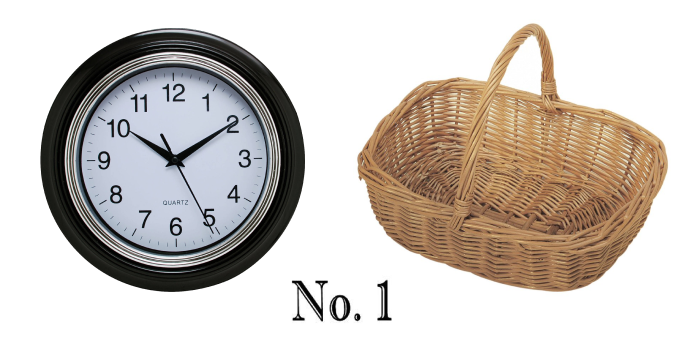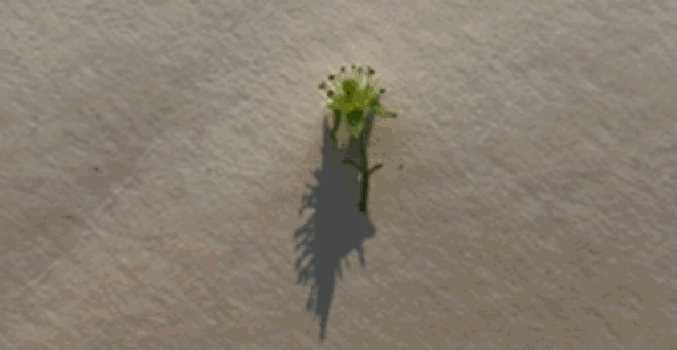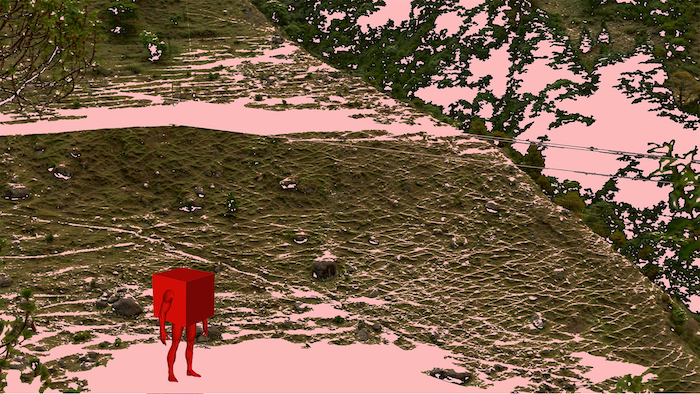Logging Off
Foraging for mushrooms
If you are interested in mushroom foraging, there are a number of regional mycological societies that do mushroom walks. It’s very likely that the protagonist of this story would have consulted information from organizations like the Bay Area Mycological Society and Mycological Society of San Francisco.
Foraging for fruit
Urban foraging can yield a surprising amount of fruit, edible plants, and even mushrooms. As Daniella notes, you are legally allowed to take fruit that hangs over a public sidewalk in California. (She may have read this Berkeleyside article about it.) If you’re interested in urban fruit foraging, Falling Fruit is an international map to help you find trees in your area.
The bioregionalism quiz
I first came across the bioregionalism quiz that Alice mentions in the novel Weather by Jenny Offill.
If you live in the U.S. and want to know the native plants in your area, try the Native Plant Finder.
Beginning in 2017, the website Native Land has sought to “map Indigenous territories, treaties, and languages across the world…to better represent how Indigenous people want to see themselves.” They have mapped a significant part of North America and are beginning to map Africa. They also have an API.
The Ohlone past
The book that Daniella and the protagonist read is Malcolm Margolin’s The Ohlone Way, which you can read for free on the Internet Archive site. It describes Ohlone communities and practices prior to European colonization.
The Ohlone present
Shellmounds are sacred ceremonial and burial sites of historical and ongoing significance to Ohlone communities. When Daniella says that “a parking lot near my home used to be an Ohlone shellmound”, she is referring to the West Berkeley Shellmound, which was established 5,000 years ago. There is an ongoing activist effort, Save the West Berkeley Shellmound, opposing redevelopment of the last remaining part of the shellmound.
A similar site, the Emeryville Shellmound, is now the Bay Street Shopping Mall. The city council and mall developers responded to activist pressure by naming a “Shellmound Street” and placing a perfunctory plaque at the mall. The Diné writer Lou Cornum’s critique of land acknowledgments is relevant here:
The land acknowledgment…is meant to concretize the acts of dispossession and conquest…And yet the acknowledgment has become a kind of side step. Well-intentioned people have looked up the names of Indigenous peoples and the extent of their territories but have not confronted the horror of why they did not know them in the first place.
The Ohlone future
I believe, as Daniella does, that Indigenous issues are not confined to the past. They are part of our present and our future. In the Bay Area, the Sogorea Te’ Land Trust is carving out a way of restoring Ohlone language, practices, and presence:
We envision a Bay Area in which Ohlone language and ceremony are an active, thriving part of the cultural landscape, where Ohlone place names and history is known and recognized and where intertribal Indigneous communities have affordable housing, social services, cultural centers and land to live, work and pray on.
To learn more about their work, I recommend Ryan Kost’s article, “The Ohlone are building a new homeland in the East Bay, 1 half-acre at a time” in the SF Chronicle.
The work Sogorea Te’ is doing reminds me powerfully of the Anishinaabe scholar Deborah McGregor’s research on Indigenous ecological justice. In “Coming Full Circle: Indigenous Knowledge, Environment, and Our Future”, she considers the important of Indigenous knowledge in addressing contemporary ecological issues:
Indigenous Knowledge cannot be separated from the people. This means that to protect [it], the people themselves and their ways of life must be protected.
If you are curious about Ohlone food, like the acorn soup Daniella makes, Cafe Ohlone—“the world’s only Ohlone restaurant”—is reopening November 2021 in Berkeley, CA:
We operate in our indigenous homelands; we work to revive and strengthen traditional Ohlone foods for the wellness of our people, and we run Cafe Ohlone. We work to keep our cuisine and culture strong to honor those before us who loved these powerful foods, and to have greater visibility for the Ohlone community that we are a part of.
Celine Nguyen is a designer, design historian, and writer. She is an MA student in History of Design at the V&A Museum/Royal College of Art, where her research considers contemporary web aesthetics and their relationship to our ecological world. Right now, she wants to know: what does degrowth look like for the web?




